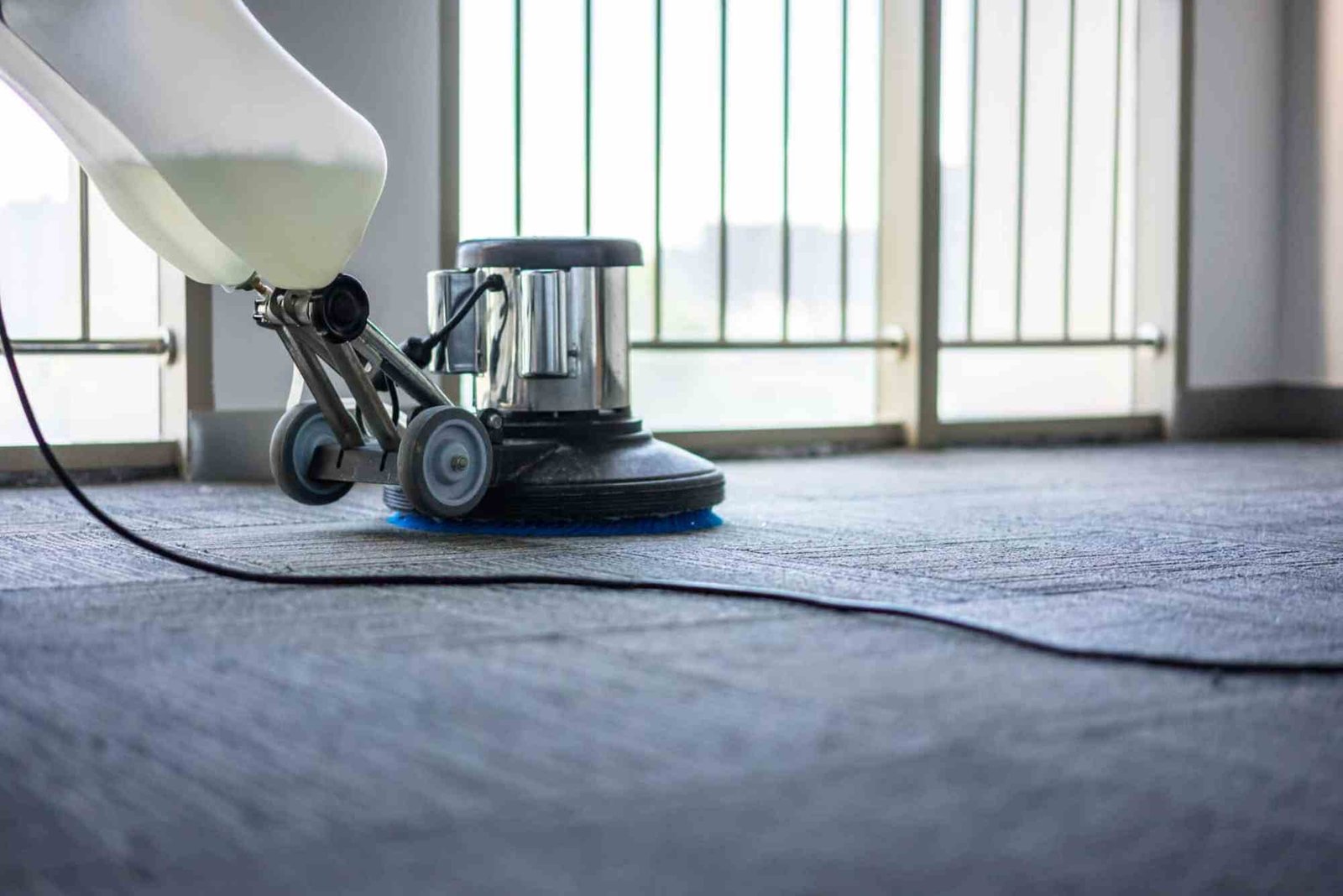Introduction
Changing your car color might seem simple, but it’s a decision that can make or break your vehicle’s look and value. Many car owners rush into the process without understanding the technical details, legal aspects, or preparation required. Whether you want to refresh your vehicle’s appearance or completely reinvent it, understanding the top mistakes to avoid when change car color can save you time, money, and stress.
In this guide, we’ll explore the common errors car owners make when repainting their cars, offer professional tips to ensure lasting results, and explain how to choose the right color and finish for your style. By the end, you’ll know exactly how to avoid pitfalls and achieve a stunning transformation that lasts.
Understanding the Importance of Proper Car Color Change
Before diving into the mistakes, it’s essential to understand why a professional and well-thought-out color change matters. Your car’s paint is more than just its outer shell; it protects the body from rust, UV damage, and general wear. A poorly executed paint job can lead to bubbling, peeling, or fading—problems that are costly to fix later.
A proper color change involves thorough preparation, high-quality materials, and compliance with local laws regarding color modifications. Neglecting these steps can lead to regret, not satisfaction.
Skipping Surface Preparation
One of the most overlooked steps when people decide to change car color is surface preparation. It’s tempting to paint directly over the existing layer, especially if the current color looks decent. However, that approach guarantees uneven results and peeling over time.
Preparation involves sanding down the surface, removing dust, repairing dents, and applying a primer. Without these steps, the new paint won’t adhere properly, no matter how good the paint is. Professionals always spend more time prepping than painting, and that’s what ensures a factory-quality finish.
Ignoring the Legal Requirements
Changing your car color can have legal implications. In many regions, you are required to update your car registration documents after a color change. Failure to do so can result in fines or issues during resale.
Always check with your local motor vehicle department about color reporting laws. If you’re unsure, it’s best to consult a licensed auto body shop—they’re familiar with local regulations and can help you stay compliant.
Choosing the Wrong Paint Type
Not all paints are created equal. Car paints vary in durability, finish, and maintenance needs. Choosing the wrong type can lead to fading, cracking, or expensive repairs.
There are three main types of automotive paints: acrylic, urethane, and water-based. Acrylic offers a glossy finish but doesn’t last as long. Urethane provides superior protection but requires precise application. Water-based paints are more environmentally friendly but can cost more.
Consulting an expert before selecting paint ensures that your new color not only looks great but also withstands environmental conditions. For a detailed overview, check out these Change Car Color Tips to make an informed choice.
Forgetting to Paint Hidden Areas
Many DIY enthusiasts only focus on the car’s visible panels, forgetting areas like door jambs, engine bays, or trunk edges. Leaving these unpainted makes the car look unprofessional and inconsistent.
A complete color change should include every visible and semi-visible part of your vehicle. Otherwise, when doors or the trunk are open, the old color will show, ruining the effect.
Using Low-Quality Materials
Cutting corners by using cheap paint or low-quality primer may save you a few dollars upfront, but it will cost more in the long run. Poor-quality materials fade faster, chip easily, and require frequent touch-ups.
Professional painters recommend using premium automotive paints and protective clear coats. These provide UV resistance, better color depth, and long-lasting shine.
Neglecting Climate and Environment
Your local climate plays a big role in how paint behaves. If you live in a humid or coastal area, moisture can affect paint adhesion. In extremely sunny regions, UV rays can cause fading or cracking over time.
Before starting, discuss your environment with a paint specialist. They can recommend paint types and finishes suited for your region. Proper planning ensures your car retains its vibrant color for years.
Overlooking Professional Help
While DIY videos make painting seem easy, the process requires precision and experience. Many car owners attempt it themselves, only to end up with drips, uneven coating, or visible lines.
A professional paint shop uses specialized tools, clean booths, and advanced techniques to achieve a flawless result. Even if you want to save money, getting expert help for at least the preparation and final coating can make a huge difference.
Failing to Match Color with Vehicle Type
Not every color suits every car. A shade that looks great on a sports car might look awkward on a family sedan. Think about your car’s design, age, and purpose before deciding on a new color.
Also, consider the impact on resale value. Neutral colors like black, silver, white, and gray tend to sell better, while bright or custom colors may narrow your market.
Rushing the Process
A full car color change can take several days to complete. Rushing it increases the risk of imperfections such as streaks, bubbles, or dust particles trapped in the paint.
Every layer, from primer to clear coat, needs proper drying time. Patience ensures each coat bonds correctly and the final result is smooth and durable.
Ignoring Maintenance After Painting
After your car gets a new color, maintenance doesn’t stop there. Many owners forget that fresh paint needs time to cure fully. Washing too soon or applying wax immediately can damage the finish.
Wait at least two weeks before washing and 30 days before waxing. Use mild soap and a soft cloth to protect the new paint. Avoid automatic car washes during the first month.
How to Choose the Right Color for Your Car
Choosing the perfect color is both an art and a science. Start by assessing your car’s shape, your personal style, and the environment you drive in. Dark colors hide dirt better but show scratches more. Light colors reflect heat, keeping your car cooler.
You can also consult color samples or digital renderings before making a decision. Some people even test small panels before committing to the whole car.
For more inspiration and expert tips, check out this Related read on buddypackaging.co.uk about Change Car Color to explore modern automotive paint trends.
Expert Tips for a Successful Color Change
Always clean your car thoroughly before painting. Remove all wax, dirt, and contaminants. Work in a dust-free environment and wear protective gear. If you’re using spray equipment, ensure even strokes and consistent pressure for uniform results.
After painting, allow proper curing time and store your car indoors for a few days. Avoid driving in rain or harsh conditions immediately after the job.
Transform Your Car the Right Way
Changing your car color is more than just a cosmetic upgrade—it’s a reflection of your personality and care for your vehicle. By avoiding these common mistakes, you can achieve a professional look that lasts for years and enhances your car’s resale value.
Take the time to plan, consult experts, and invest in quality materials. A thoughtful approach ensures a smooth finish and lasting satisfaction. If you’re ready to get started or learn more expert advice, visit these helpful resources for Change Car Color Tips and follow a Learn How Change Car Guide to ensure your transformation goes perfectly.
FAQs
Is it legal to change my car’s color?
Yes, but you must update your car’s registration documents to match the new color.
How much does it cost to change car color?
Costs vary from $500 to $5000 depending on materials, labor, and vehicle size.
How long does a car color change take?
A full professional repaint typically takes 3–7 days, including drying time.
Can I paint my car a different color without removing old paint?
It’s possible but not recommended. The new paint may not adhere properly and could peel.
Does changing car color affect resale value?
Yes, especially if the new color is unusual or not professionally applied. Neutral colors retain value better.
What’s better—painting or wrapping?
Wrapping is reversible and quicker, while painting is more permanent and durable if done correctly.










